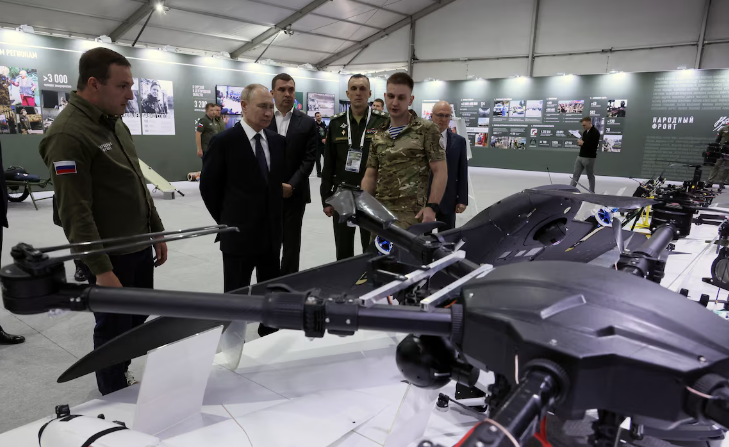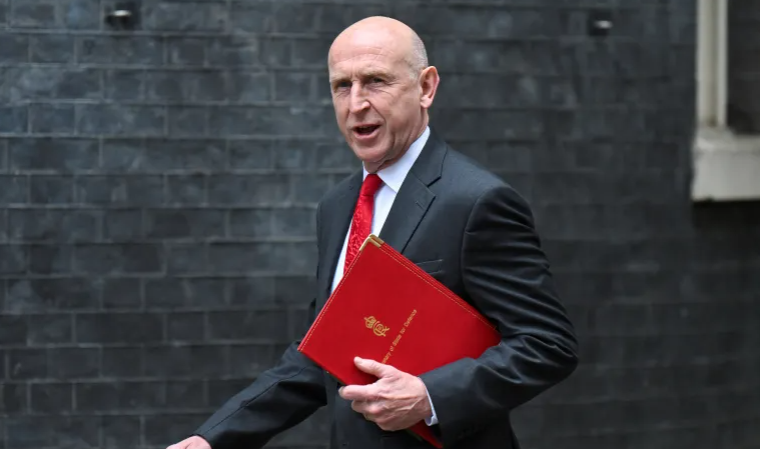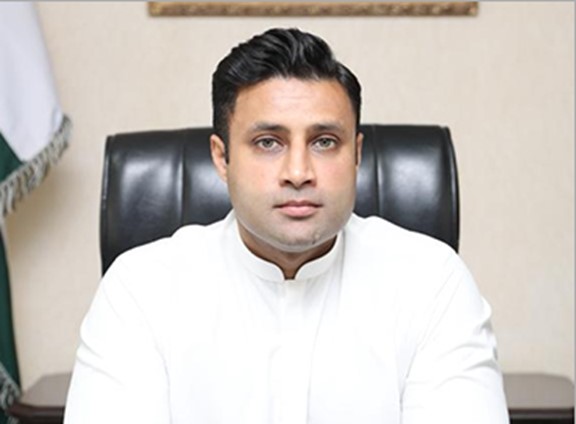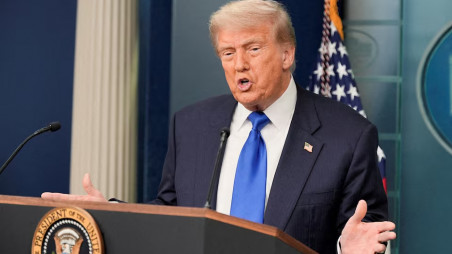WORLD NEWS
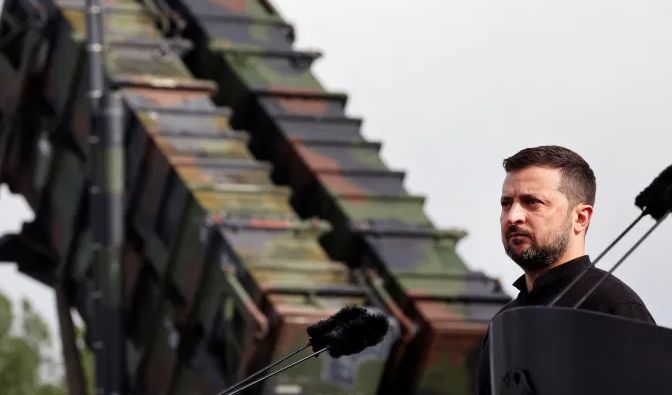
Former U.S. President Donald Trump has pledged to deliver 17 Patriot missile systems to Ukraine amid relentless Russian air raids. The decision, announced over the weekend, reflects Washington’s continued backing of Ukraine’s air defense, especially as Moscow escalates its use of ballistic missiles and drone swarms.
“We will send them Patriots, which they desperately need,” Trump told reporters, confirming that the systems would be transferred via NATO allies already in possession of them. “It’s everything. It’s Patriots. It’s all of them.”
Patriot systems – each capable of firing up to 32 missiles in seconds – have already proven crucial in Ukraine. Since first arriving in April 2023, they’ve successfully intercepted Russia’s hypersonic Kinzhal missiles, launched from altitudes over 12km and previously claimed to be “unstoppable” by Russian President Vladimir Putin.
Despite these successes, gaps remain. Ukrainian defense officials and analysts warn that Patriots alone won’t resolve Ukraine’s aerial vulnerability, especially against the vast numbers of low-cost drones Russia uses to deadly effect.
‘Not Just Patriots’
“The problem is not just about the Patriots,” said Volodymyr Fesenko, head of the Kyiv-based Penta think tank. “Russia’s main strike weapon now is drones. They cause most of the damage.”
While the Patriots are highly effective against ballistic threats, they are ill-suited to counter mass drone attacks, especially given their high cost—running into millions of dollars per missile—compared to the hundred-dollar price tag of many Russian drones.
According to former Ukrainian deputy military chief Lt. Gen. Ihor Romanenko, Ukraine needs at least 25 Patriot batteries to cover its key cities. But more urgently, the country requires hundreds of high-speed drone interceptors to defend against drone swarms, often numbering 700 to 1,000 per wave.
“Quantity is what matters,” Romanenko told Al Jazeera. “We need hundreds of interceptors.”
Trump’s Motives and NATO Dynamics
While details of delivery timelines remain unclear, analysts speculate that Trump’s announcement is also aimed at rebuilding his image domestically and within NATO, especially amid recent criticism of his wavering support for traditional allies.
On Monday, Trump reiterated the pledge during a meeting with NATO Secretary-General Mark Rutte, hinting that a Western ally already has the 17 systems ready to ship.
Germany, under Chancellor Friedrich Merz, has indicated readiness to procure additional Patriots, possibly playing a role in the upcoming transfers.
Drone Warfare: The Next Challenge
Ukraine’s air force has recently had some success using German-made Skynex air defense systems, which utilize 35mm automatic cannons and programmable shells to counter drones. Six Russian-made Geran drones were shot down on Saturday using just two Skynex systems.
However, with only two Skynex systems operational and no clear plans for more, Ukraine faces an uphill battle.
“Everything is on an amateur level,” said Andrey Pronin, a pioneer in Ukrainian drone warfare. He criticized the Ministry of Defence for its lack of institutional support for locally developed drone interceptors.
Pronin claims to have battle-tested an indigenous drone interceptor capable of chasing down Russian loitering munitions but says the government failed to support or scale the technology.
“The ministry is such a hole. Things haven’t moved at all,” he lamented.
Conclusion
The Patriot systems remain a crucial asset, particularly in defending strategic locations like Kyiv and Odesa, where they’ve neutralized multiple Kinzhal and North Korean-made missiles. But experts agree that without drone-specific defenses, electronic warfare tools, and greater innovation, Ukraine remains vulnerable.
As Russian attacks continue and air raid sirens become a daily reality, Ukraine’s need for a comprehensive, multi-layered air defense network is more urgent than ever.
